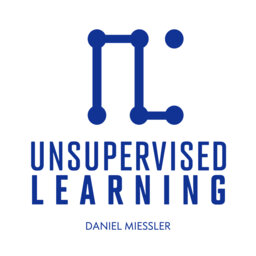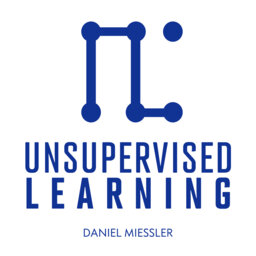A Conversation with Faisal Khan from Vanta
In this episode, I speak with Faisal Khan, a GRC Solution Specialist at Vanta, about how their platform is transforming trust management for organizations.
We talk about:
Vanta as a Trust-Management Platform:
How Vanta helps organizations build, scale, and showcase their security and compliance programs through automation, efficiency, and tools like the Trust Center.
Key Features and Solutions Offered by Vanta:
How Vanta’s integrations automate compliance checks, streamline vendor risk management, and address industry standards like SOC 2, ISO 27001, and CMMC to save time and improve efficiency.
Future Directions and AI Integration:
How Vanta is expanding into new frameworks like the EU AI Act and leveraging AI to simplify compliance, optimize workflows, and address evolving trends in governance and security.
 Unsupervised Learning
Unsupervised Learning


